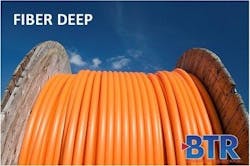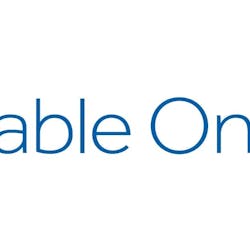Cox Communications and the SCTE/ISBE have partnered on a coaxial cable splicing training program to support the MSO's fiber-deep strategy.
Cox and the SCTE/ISBE have collaborated to create a Coax Splicing Boot Camp that integrates existing SCTE/ISBE training with Cox needs to create a Cox-specific training program for new splicers. The four-day course is intended to provide the knowledge and skills bases needed for field personnel to re-splice taps, passives and nodes as part of an upgrade of the access network. The course was delivered to an initial class of Cox field engineers in Phoenix in conjunction with a multiweek Cox onboarding boot camp, to be followed by an additional class in California.
"Our excellent customer service starts with our field teams, so it is paramount that we provide them with best-in-class training and techniques to deliver that promise," said Kevin Hart, executive vice president and chief product and technology officer for Cox Communications. "This partnership with SCTE-ISBE has enabled us to create a high-quality training program that provides our coax splicer workforce with a solid technical foundation from which they can continue to build the network of the future and exceed our customers' expectations."
"Cox's focus on ensuring the best possible customer experience established a high bar when we worked with them to create this program," said Robin Fenton, vice president, Membership & Learning Operations, for the SCTE/ISBE. "Because our training content has been designed in collaboration with operators and their vendor partners, we were able to expedite availability of a course that is designed to produce highly skilled coax splicing teams."
Topics covered in the program include: field safety; signaling and transmission in cable networks; system design; coaxial cable; coaxial cable connectorization; powering an HFC and fiber-deep system; aerial construction; underground construction; and activation with testing. Key learning objectives include the following abilities: to compare current and new system maps, to establish power to fiber-deep nodes; to understand RF signal flows, particularly to the customer; and to successfully perform a fiber-deep node cut-in within a given time frame.





